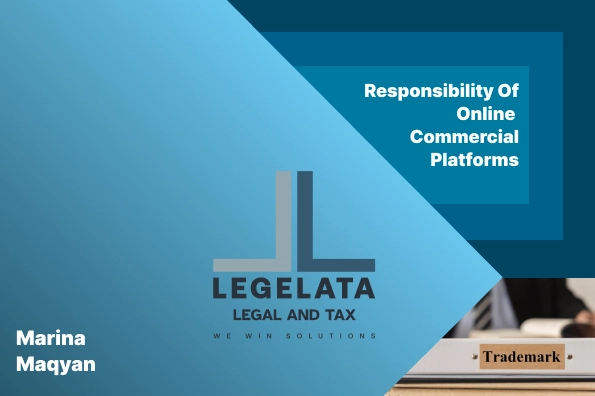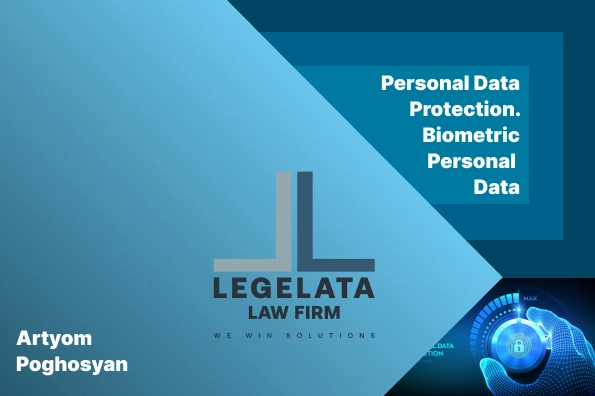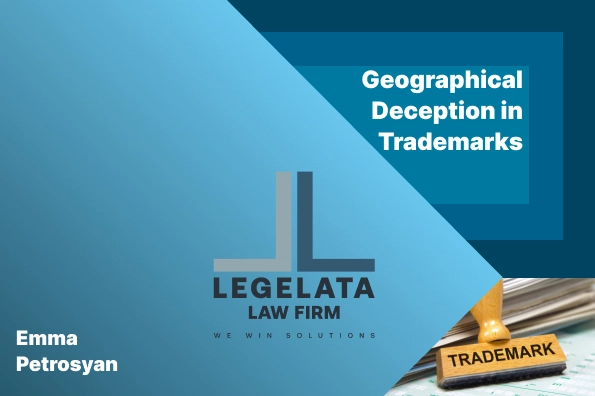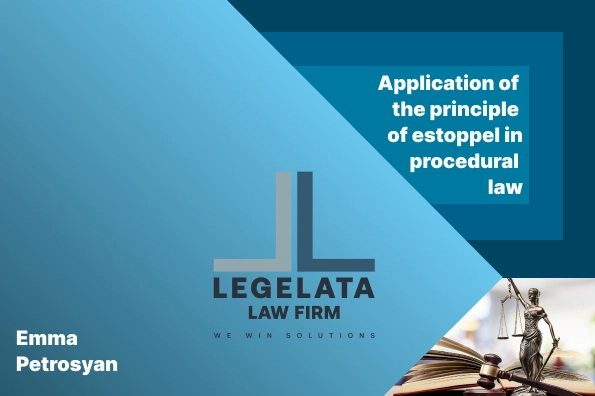A Comprehensive Guide
In procedural law, the principle of estoppel emerges as a potent tool, wielding the ability to shape legal proceedings and safeguard the integrity of judicial processes. In this article, we delve into the application of estoppel in procedural law, unraveling its significance and implications in upholding the principles of equity and justice.
Understanding Estoppel in Procedural Law
Estoppel, derived from the French term "estoupail" meaning to stop or bar, operates as a legal doctrine that precludes a party from asserting a position contrary to a prior representation or conduct if such assertion would result in injustice or unfairness. While originating from principles of equity, estoppel has found its place in procedural law, serving as a shield against abuse and manipulation of legal processes.
Types of Estoppel in Procedural Law
1. Promissory Estoppel:
Promissory estoppel arises when a party makes a clear and unequivocal promise upon which another party reasonably relies to their detriment. In procedural law, promissory estoppel may bar a party from reneging on a settlement agreement or withdrawing from a consent order if such action would prejudice the other party.
2. Equitable Estoppel:
Equitable estoppel, also known as estoppel in pais, arises when a party's actions or representations lead another party to reasonably rely on those actions or representations to their detriment. In procedural law, equitable estoppel may prevent a party from denying the existence of a fact if their prior conduct or representations implied otherwise.
3. Collateral Estoppel:
Collateral estoppel, also referred to as issue estoppel or estoppel by judgment, bars relitigation of issues that have been conclusively determined in prior proceedings. In procedural law, collateral estoppel prevents parties from re-litigating factual or legal issues that have already been adjudicated, promoting judicial economy and finality of judgments.
Application of Estoppel in Procedural Law
1. Judicial Estoppel:
Judicial estoppel prevents a party from taking inconsistent positions in successive stages of litigation. For example, a party cannot assert one set of facts in support of a claim in one proceeding and subsequently take a contradictory position in another proceeding involving the same parties or issues.
2. Estoppel Against Public Authorities:
Estoppel may be invoked against public authorities to prevent them from acting in a manner contrary to representations or assurances made to citizens. Public authorities are held accountable for their actions and cannot backtrack on commitments to the detriment of individuals or entities who have relied on such representations.
3. Estoppel in Procedural Defenses:
Estoppel may serve as a defense in procedural matters, such as statute of limitations or laches. If a party can demonstrate that the opposing party's actions or representations led to their delay in asserting their rights, estoppel may preclude the application of procedural bars.
Conclusion
In the procedural law, the principle of estoppel stands as a bulwark against injustice, deception, and abuse of legal processes. Whether invoked to prevent unjust enrichment, promote fairness, or uphold the integrity of judicial proceedings, estoppel plays a vital role in maintaining the equilibrium of the legal system. and ensuring the sanctity of the rule of law.
Author:
Emma Petrosyan
Associate, Legelata Law Firm
DISCLAIMER:
This material is produced for Legelata LLC. The information contained in this piece is provided for general informational purposes only and does not contain a comprehensive analysis of each item described. Prior to undertaking (or not to undertaking) any actions, the reader is advised to seek professional advice tailored to their specific situation. Legelata or the author accepts and holds no liability for acts or omissions taken in reliance upon the contents of the contained information in this material.
LEGELATA LLC 29/03/2024












